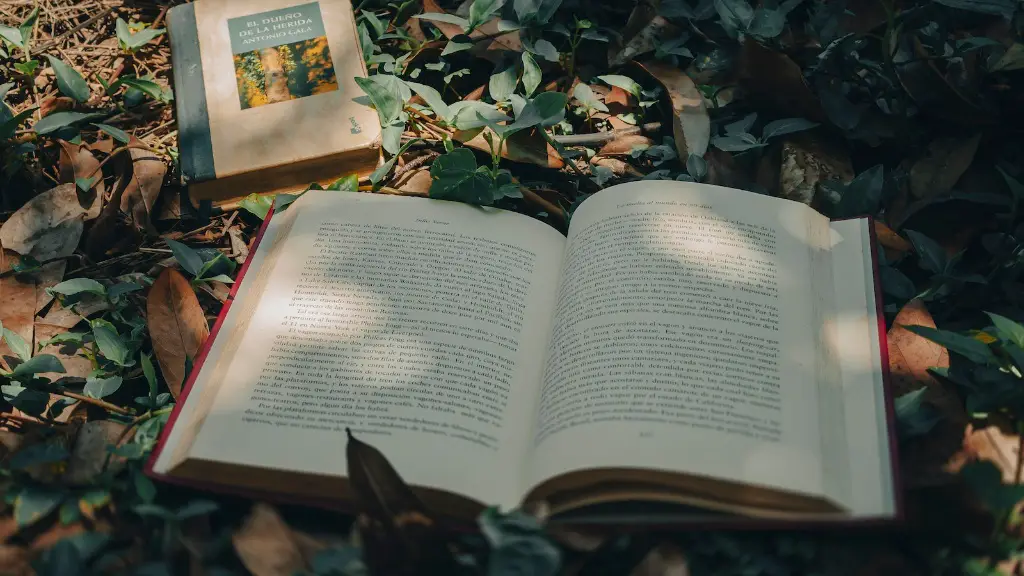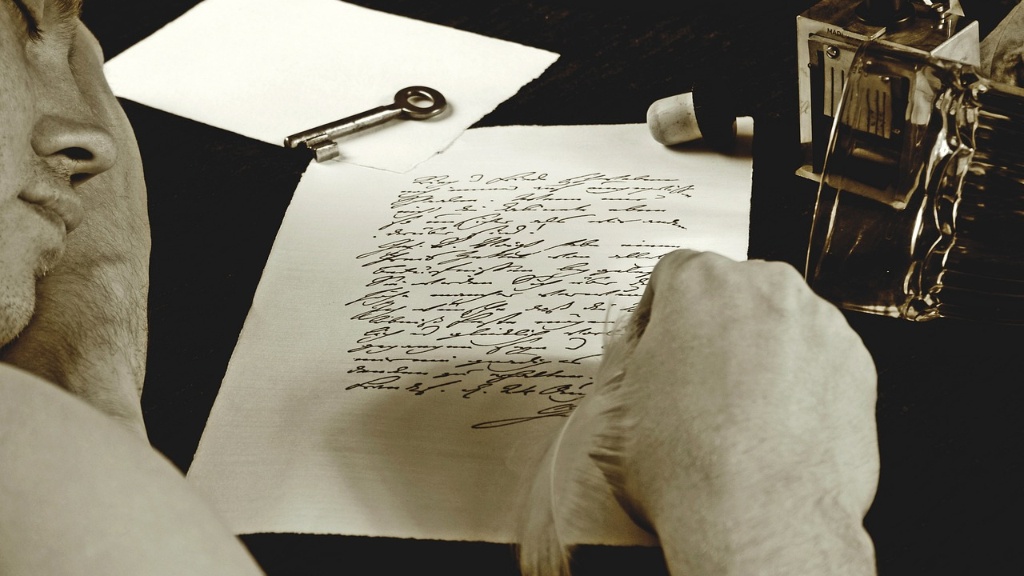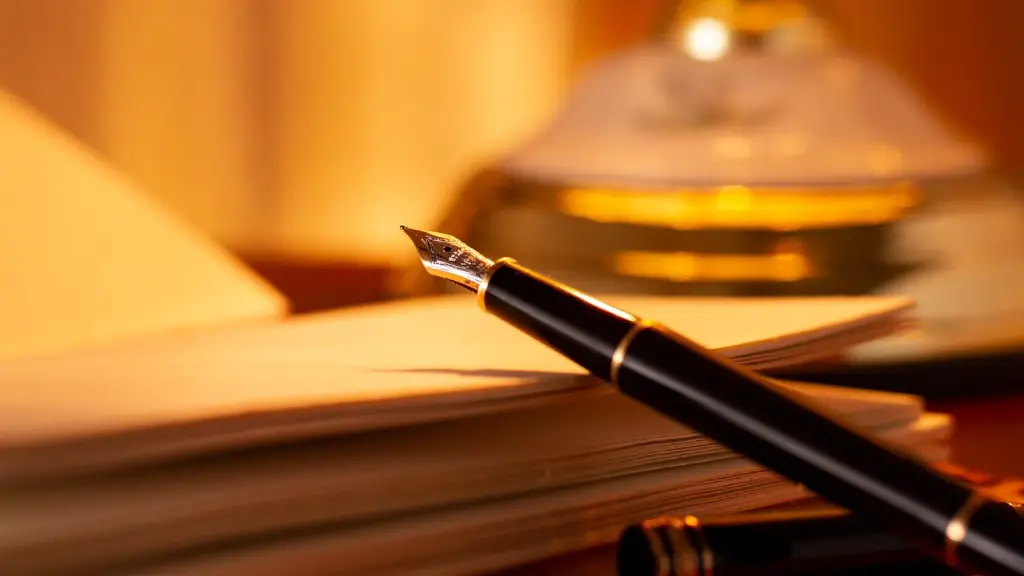Symbols in Poetry
Poetry utilizes symbols to convey layers of meaning beyond the obvious. In literature, symbols are objects, characters, figures, or colors used to represent abstract ideas or concepts. Symbols enable poets to compress complex ideas into short descriptions, making their writings more succinct yet expanding their implications. By carefully studying a poem, readers can discover deeper levels of meaning, and the poet’s intent.
Symbols embody a quality in the physical world that is associated with a more abstract quality it shown in the poem. For example, a boat symbolizes passage, while a meadow symbolizes serenity. Therefore, symbols create unifying effects in works of literature because they provide a concept that binds the different elements of a particular poem. Within a poem, symbols help to unify abstract thoughts and feelings into a single comprehensive vision that is easier for the reader to comprehend. Additionally, symbols provide a bridge between the poet’s inner world and the external world.
Symbols often carry dual meanings, both positive and negative in their literal sense, as well as emotional connotations beyond their literal interpretation. Many symbols also carry deep religious and spiritual meaning that can be applied to the poem’s interpretation. For example, a lotus flower might symbolize awakening or enlightenment, as in Hinduism. A number of symbols such as trees, rivers, and mountains, might have a spiritual connotation, such as a connection to the divine.
Many symbols also exist specifically in poetic language. Common symbols in poetry include red roses, a full moon, and fire which symbolize different levels of love, beauty, and passion. An example is the light of a candle, which can symbolize hope, knowledge, or faith. When a poet uses a symbol, they generally intend for the reader to interpret it based on the cultural, religious, and historical context of the poem. These symbols can also add a substantial layer of complexity to a poem.
Recurring Symbols
A related concept to symbols are recurring motifs, which are particular symbols that repeat throughout a poem. According to literary experts, these recurring symbols can be used to demonstrate the development of a particular idea or theme. For example, a motif of snow in a poem could represent a symbol of death. As the poem progresses, the symbolism of the snow may shift to represent a different element, such as peace.
Recurring symbols can also be used to establish a relationship between two separate sections of a poem, a feature which is sometimes referred to as structural symbolism. This form of symbolism is often employed to demonstrate a connection between a poem’s theme and its overall structure. An example is a poem about a journey wherein the same symbol such as a boat is used throughout the poem, to represent the poet’s voyage through life.
Symbols and Metaphors
Another closely related literary device to symbols are metaphors. Metaphors are forms of figurative language and are used to compare things that aren’t usually associated with one another. Through this comparison, the poet is able to convey an idea in a unique way. Metaphors can be used in tandem with symbols to lend additional layers of meaning and to create vivid images in the reader’s mind. For example, a metaphor comparing fog to a blanket might be used to symbolize the mystery and ambiguity of a situation.
When symbols and metaphors are used together, they can become more powerful than when they are used independently. The combination of symbols and metaphors in a poem can create an additional layer of meaning that can be more complex and insightful than a single symbol. An example is the use of sunflowers to represent beauty in a poem, combined with a metaphor comparing the beauty of the flowers to the beauty of a woman.
Symbols, Imagery and Theme
The use of symbols in a poem is closely linked to the poem’s imagery, as symbols are often used to depict scenes that evoke deep emotions. By using symbols to illustrate difficult concepts, poets can create vivid imagery without having to explain each element of the scene. Focusing on imagery in a poem can be a powerful way to uncover the deep themes and the deeper meaning of a poem.
Symbolic imagery often involves complex patterns and layers of meaning that can be revealed upon close examination. By studying these patterns, readers can get a better understanding of the poem’s theme as well as the poet’s intent. A poem’s theme is the emotion or impression that remains after understanding the poem’s imagery and symbolism.
Symbols in a Global Context
It is important to note, however, that the meanings of symbols vary between countries and cultures, and the same symbol can often have different interpretations in different places. Therefore, symbols in a poem must be interpreted within the context of the specific culture from which the poem originated. A popular example of this is the Japanese cherry blossom flower, which is often associated with the fragility of life.
Symbols are an essential component of poetry, as they allow poets to create powerful imagery that is capable of communicating complex ideas. By understanding the history, culture and religion of a particular work of poetry, readers can gain a deeper insight into the poem’s symbols and the underlying themes.
Symbols as Abridgments
Symbols are also used to bridge two separate ideas within a poem, allowing the poet to sum up multiple events in one image. This form of symbolism is known as abstraction, and it is used to represent complex ideas in a simplified form. An example is the popular symbol of a crescent moon, which is often used to represent a passage of time. By incorporating symbols into a poem, a poet is able to make their work more concise while still addressing multiple aspects of their subject.
Symbols as Multiple Meanings
Symbols can also be used to convey multiple layers of meaning, both literal and metaphorical. For example, a simple flower could be used to represent both love and beauty. By using symbols to represent multiple layers of meaning, poets are able to compress complex ideas into a single image, conveying deeper layers of meaning in a succinct and poetic way.
Symbols as Unifying Elements
Symbols are also used to unify multiple elements in a poem, creating a comprehensive and cohesive vision. By establishing a unifying element, symbols help to make a poem stand out among other works of literature. A symbol can be used to tie together multiple disparate elements, such as a poem’s theme, characters, and storyline. This unifying effect helps to create a more compelling and powerful piece of literature.



